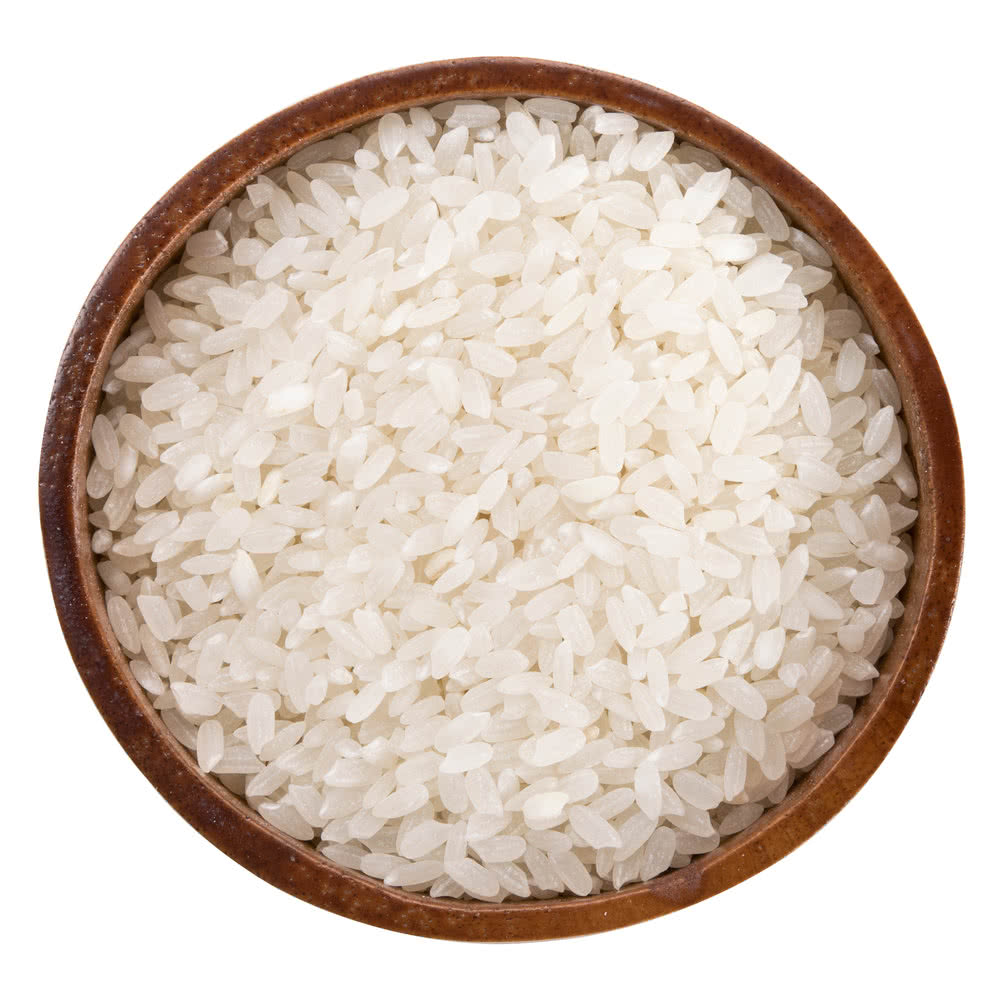
Rice is a staple food for many people worldwide, but it’s interesting to note that some popular diets like Keto, Whole 30, and Paleolithic, along with other low-carb plans, exclude this carbohydrate-rich grain. However, it’s essential to recognize that not all rice varieties are created equal. Let’s explore the distinctions between Basmati rice and non-Basmati rice, along with their respective benefits:
Basmati Rice: Basmati rice is a long-grain aromatic rice cultivated for centuries in the foothills of the Himalayas in the Indian subcontinent. It possesses several unique qualities that set it apart:
Non-Basmati Rice: Rice varieties other than Basmati are categorized as non-Basmati rice. This diverse category encompasses an impressive array of rice types. On a global scale, it’s been documented that over 10,000 rice varieties exist, with India alone hosting the largest share. Intriguingly, Basmati rice constitutes merely 1% of India’s total rice production.
Basmati rice grains are known for their remarkable elongation, at least twice the size of their original length, when cooked.
It is renowned for its delicious and subtle flavor, making it a preferred choice for various dishes.
When prepared, Basmati rice offers a soft and fluffy texture that's a delight to eat.
Basmati rice is famous for its distinct and enticing aroma, which enhances the overall dining experience.











Sahajanand Viha Surat 394101, India
© 2023 Jeva International. All rights reserved.